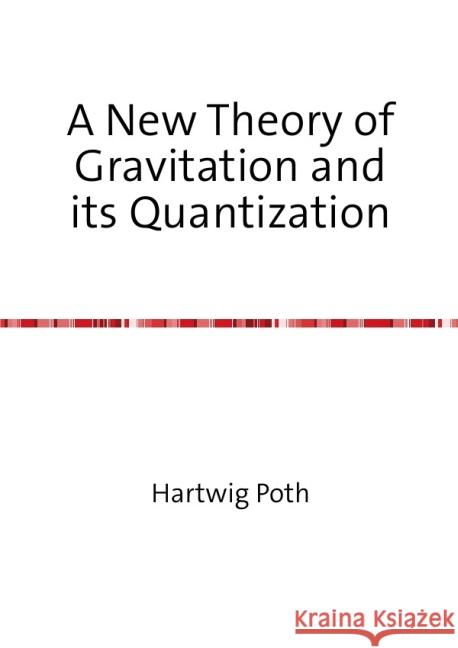A New Theory of Gravitation and its Quantization » książka
A New Theory of Gravitation and its Quantization
ISBN-13: 9783844243307 / Niemiecki / Miękka / 2012 / 48 str.
Gravitation, Relativistic Quantum Mechanics
With de Broglie, mass is regarded as an oscillator within a unit volume as a proper time density (cf. equation 9, p.5) being a Lorentz scalar. That can be regarded as the source of the gravitational potential being also a Lorentz scalar. In classical physics gravitation thus becomes relativistically velocity dependent (cf. equation 24, p.7). The perihelion movement of Mercury follows from that in line with the results from Einstein's theory of general relativity. The orbital periods of planets and hence spacecraft flybys are shortened by a corresponding extent. The geodesic precision and the frame dragging effect as observed by the Gravity B Probe follow also. There is a gravitational monopole radiation and quasi multipole radiation of the same magnitude as from Einstein's theory of general relativity. The spin of the new gravitational field is zero in that classical theory. The calculation of the absolute Shapiro delay is amended. Moreover, with the Dirac equation a relativistic quantum mechanical equation of gravitation is obtained (cf. equation 192, p.33) which in the classical limit coincides with the new classical theory. Also a quantum mechanical equation of gravitation for the photon is obtained (cf. equation 211, p.35) which yields the correct deflection of light under gravitation. The Lorentz scalar gravitational potential can be readily quantized (cf. equation 233, p.39) and its quanta can be called gravons.











